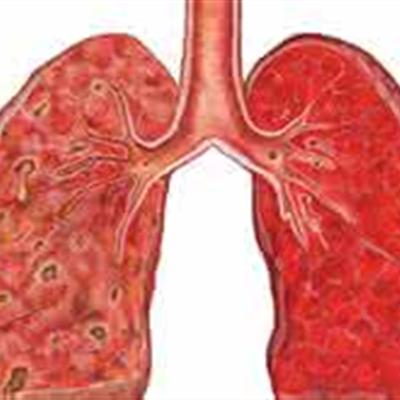What is atrial rhythm
summary
The main occurrence of atrial arrhythmia is as follows: the first is atrial premature contraction, which can occur in general organic heart patients, and may also be the precursor of rapid atrial arrhythmia. The second is atrial tachycardia, which is characterized by chest tightness, palpitations, transient, intermittent or persistent attacks. The third is atrial flutter. When the heart rate of patients with atrial flutter is not fast, the patients generally have no symptoms. Atrial flutter with extremely fast ventricular rate can induce angina pectoris and heart failure. Physical examination can see rapid jugular flutter. The fourth is atrial fibrillation. Now let's talk about it!
What is atrial rhythm
First: for patients with arrhythmia should pay special attention to rest, when arrhythmia attack should take a high pillow lying position, half lying position or other comfortable position. Try to avoid a left recumbent position, because patients in the left recumbent position often feel the heart beat and produce discomfort. At the same time, this kind of patients pay special attention to ensure adequate sleep.

Second: if the patient has a dyspnea, cyanosis and other manifestations of hypoxia, oxygen inhalation can be given, the general flow is 2-4l / min. Patients with benign arrhythmia without organic heart disease can be encouraged to participate in normal work and activities. This is conducive to the establishment of good work and living habits, maintain an optimistic mood, but pay attention to avoid excessive fatigue.

Third: this kind of patients should pay special attention to avoid a violent activity, emotional excitement or tension, as well as the need to avoid rapid changes in posture, etc. once there are some symptoms such as dizziness, blackness, dizziness, etc., they should immediately take the way of lying flat. Avoid falling.

matters needing attention
For patients with frequent arrhythmia, try to avoid going out alone, quit smoking and drinking, avoid using some stimulating food such as coffee, strong tea, eat less and more meals, and avoid eating too much at one time. At the same time, we also need to learn the method of self pulse measurement. For such patients, their families also need to learn cardiopulmonary resuscitation in case of some unexpected emergency.










